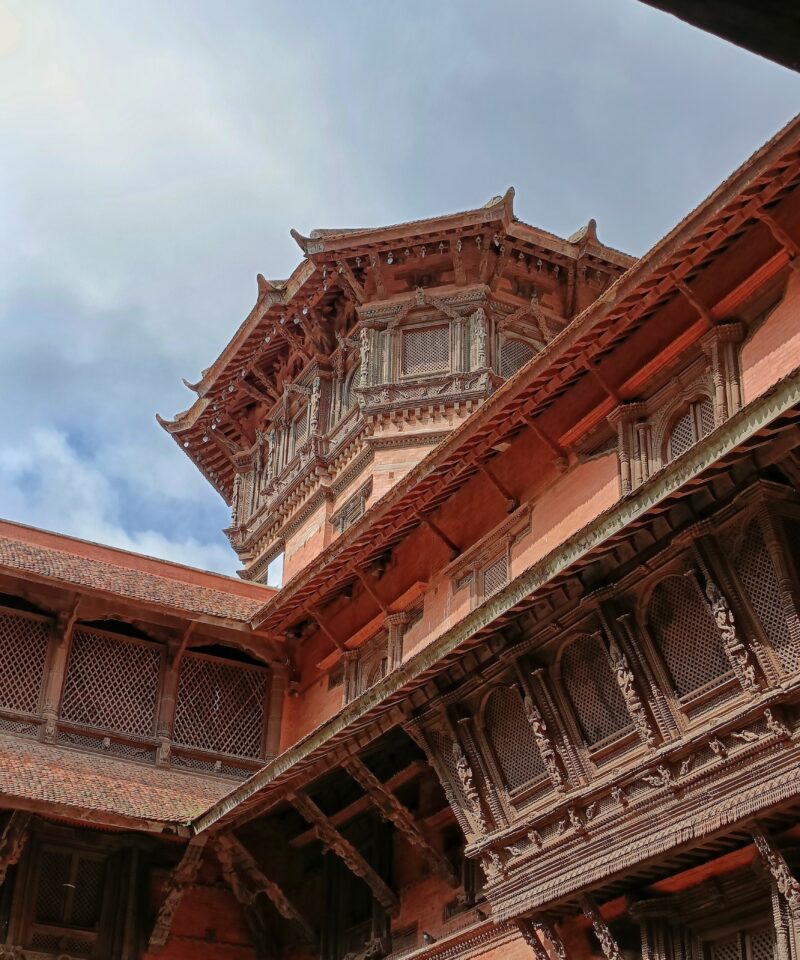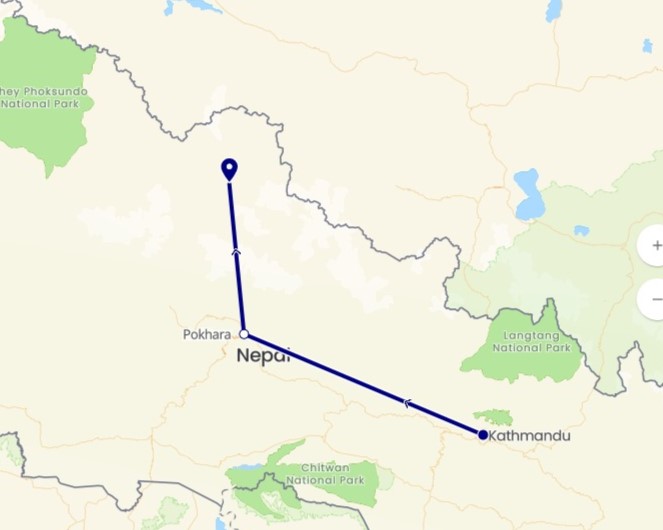Kathmandu City Tour of Durbar Square:
Durbar Square teems with active life visiting uncountable monuments includes House of Living Goddess (Kumari Ghar), the ferocious Kal Bhairab, a red monkey god.
The buildings of great achievements during Malla regime, tour takes around the Square to witness round temple pagoda architecture, the temple of Goddess Taleju with an image of Shiva and Parbati sitting together among the many monuments.
The Square full of colorful life and other crafts around witness Kastamandap rest house. The rest house built with a wood of single tree where Kathmandu name derived from.
Kathmandu Durbar Square most important sights for tour where the complex also houses historical museum a mementoes of past different Shah Kings
Hanuman Dhoka:
Falls to historic seat of past royals, specially to Malla dynasty within Durbar Square where old Royal Palace Complex dedicated to Malla monarchs, classified as a World Heritage Site.
The age-old temples and palaces epitomize the religious and cultural life-style of the people. The interesting things to view include Taleju Temple built by late King Mahindra Malla in 1549 A.D.,
Observe Great Bell and Big Drums. The main golden-gate guarded by Monkey-God called Hanuman, a faithful devotee of Lord Ram Chandra-the Hero of the Epic “Ramayana.”
Temple of Kumari:
Temple a holy quadrangle with Buddhist stupa with residential quarters of the Chaste Virgin Living Goddess called KUMARI, traditional building with carved wooden balconies and window screens.
Kastha Mandap:
Located near Temple of Kumari, a unique wooden temple also known as Maru Satal, built in 1596 A.D. by King Laxmi Narsingh Malla.
It is believed that Kathmandu comes from very ‘Kastha Mandap.’ Today it housed the Hindu God namely Gorakh-Nath.
Pashupatinath Temple:
A pagoda Hindu temple with gilt roofs, carved with silver doors dedicated to Lord Shiva, situated at the bank of holy Baghmati River.
Regarded as most sacred temples for all Hindu religion, Pashupatinath Temple is the nerve center of pilgrimage on the day of ‘Shiva-Ratri’. (Birth anniversary of Lord Shiva).
Swayambhunath Stupa:
One of the oldest Buddhist sites of more than 25 centuries old and stands as one of the world’s oldest Buddhist Chaityas. The Great Stupa of Swayambhunath the wonder and landmark of Nepal, listed World Heritage for Site, painted on four -sided spiral all seeing eyes of lord Buddha, keeping an eternal watch on the Valley distinguishing between vice and virtue.
Located west of Kathmandu City proper across places on a hillock, about 500 feet above the level of the Valley floor, the whole hill a mosaic of small Chaitya and pagoda temples possessing great five Mahayana (Lamaism) and one Hinyan (Theravadas).
Bouddhanath Stupa:
Stands as largest Buddhist shrine of South Asia, this ancient colossal a chhorten built in 6th Century A.D. by King Man Deb.
It rests on a series of three terraces with bird’s eye view and relevant shapes of a lotus flower, a very holy object for all Buddhists the Stupa surrounded by circular market, which forms like a small Tibet.
Where four pairs of Lord Buddha’s eyes give a vivid flash around four cardinal directions, the Stupa embraces authentic philosophy of Mahayana Buddhism faith known as Lamaism in Sikkim, Ladakh, Bhutan and Tibet.



